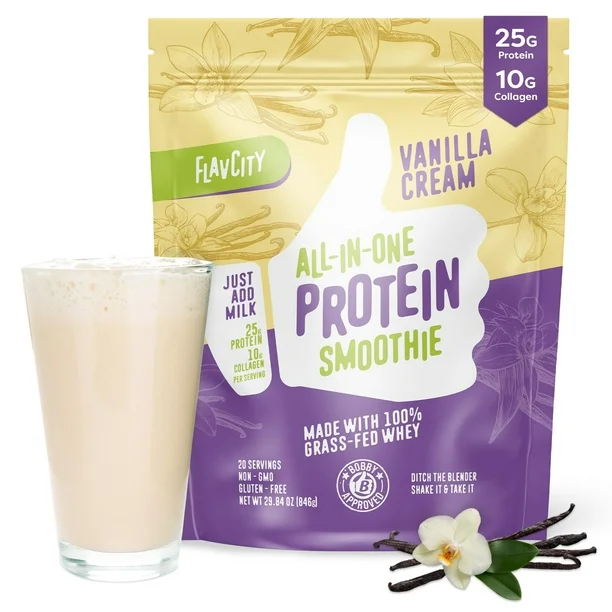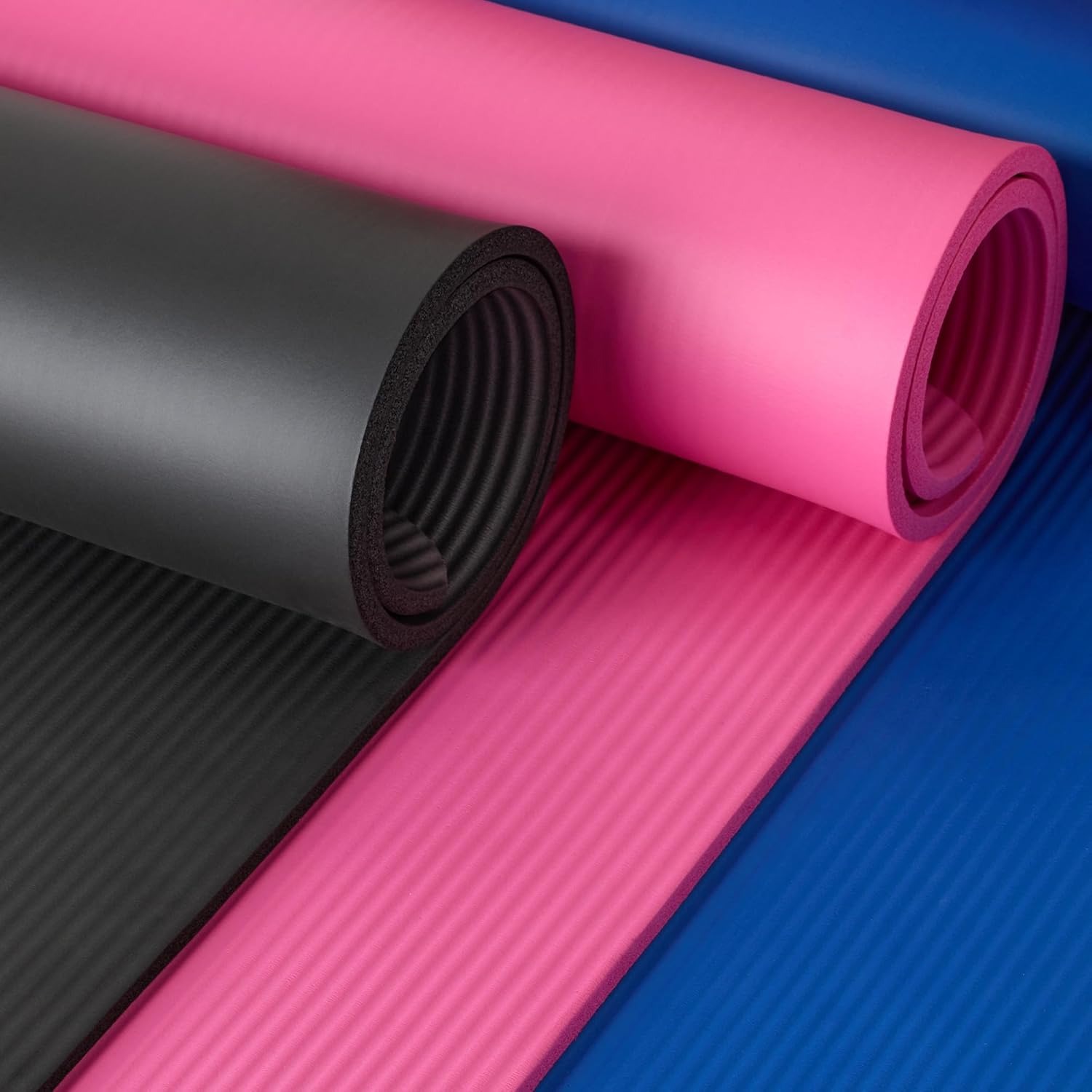Water as a Simple and Effective Mix-In
When considering what to mix protein powder with, water is often overlooked. However, it’s a perfect choice for those seeking a straightforward and calorie-free option. Here are key points detailing why water can be your go-to mix-in.
Benefits of Mixing with Water
Mixing protein powder with water has its advantages. It adds no extra calories, making it ideal for weight loss goals. It’s also readily available and helps with staying hydrated. For those focused on the pure taste of their protein powder, water doesn’t interfere with flavor.
Enhancing Water-Based Protein Shakes
To make water-based shakes more interesting, consider the following:
- Use cold water or add ice for a refreshing touch.
- Spice things up with a dash of cinnamon or nutmeg.
- Experiment with the quantity of water to find your preferred consistency.
These simple tweaks can transform a plain protein shake into a more enjoyable drink without adding extra calories.
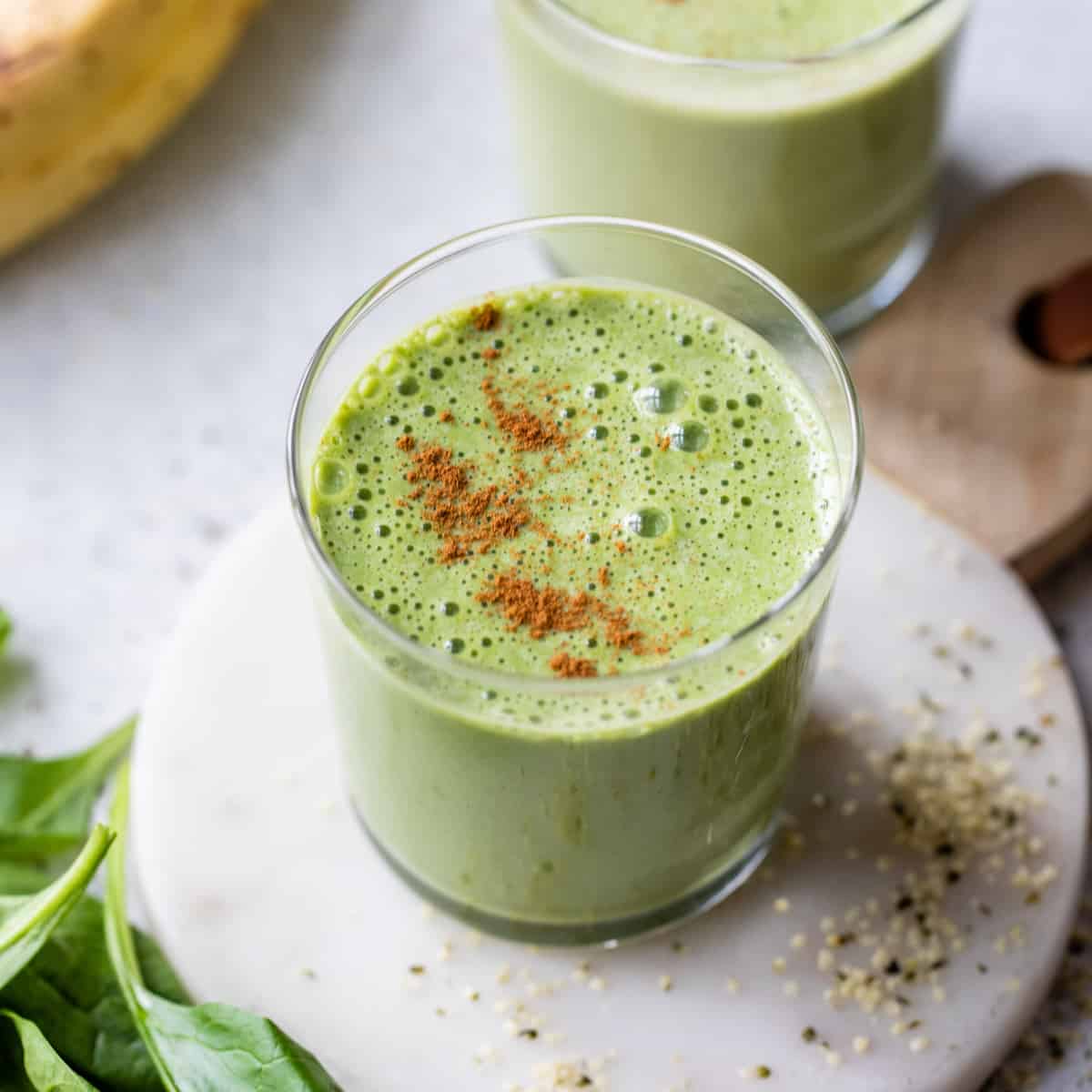
Dairy Milk: Traditional and Nutritious
Dairy milk stands out as a prime mix-in for protein powder. Its popularity stems from its creamy texture and rich flavor, which pair well with any protein shake. Dairy milk brings essential nutrients like protein, calcium, vitamin D, and potassium to your shake.
Whole vs. Skim Milk for Protein Shakes
Choosing between whole and skim milk depends on your nutritional goals. Whole milk offers a creamy, thick shake, but it also has more calories. Skim milk, on the other hand, reduces calorie intake while still providing a richer shake than water alone.
Lactose Intolerance and Dairy Milk Alternatives
Not everyone can enjoy dairy milk due to lactose intolerance or allergies. Vegans also avoid dairy milk. For these individuals, plant-based milks are great alternatives. They are lactose-free, and many types, like almond and oat milk, offer added health benefits without compromising taste.
Kefir: The Probiotic Powerhouse
Kefir stands as a unique addition to the realm of protein shake mix-ins. Originating from the Northern Caucasus, this fermented dairy product offers a creamy, yogurt-like consistency that can transform any protein shake into a probiotic-rich beverage. Here’s why kefir may just be the secret ingredient you’ve been missing.
Health Benefits of Kefir in Protein Shakes
Kefir’s health benefits are impressive, especially for those integrating it into their protein shakes.
- Probiotic Content: Kefir is loaded with probiotics, which help maintain a healthy gut microbiome. This is crucial for digestion and overall physical health.
- Nutrient Absorption: The slight acidity of kefir can enhance the body’s ability to absorb minerals like calcium and magnesium. This is vital for bone health and metabolic processes.
- Protein and Nutrients: Alongside its probiotics, kefir is a good source of protein, calcium, and vitamin D, making it a nutritious option for protein shakes.
- Tolerability: For those with mild lactose intolerance, kefir’s lower lactose content compared to regular milk makes it easier to digest.
Comparing Kefir with Traditional Milk
When choosing between kefir and traditional dairy milk for your protein shakes, consider the following:
- Flavor and Texture: Kefir offers a tangy flavor and slightly effervescent texture, which can add a refreshing twist compared to the creamy richness of traditional milk.
- Digestibility: Kefir’s lower lactose levels and probiotic content may make it more digestible for those with sensitive stomachs.
- Nutritional Content: Both kefir and traditional milk provide high-quality protein and essential vitamins. However, kefir’s additional probiotics offer enhanced gut health benefits.
In conclusion, whether you choose kefir or traditional milk, both can enrich your protein shakes. Kefir, in particular, brings a probiotic boost and unique flavor that might just make your shake routine more enjoyable and healthful.
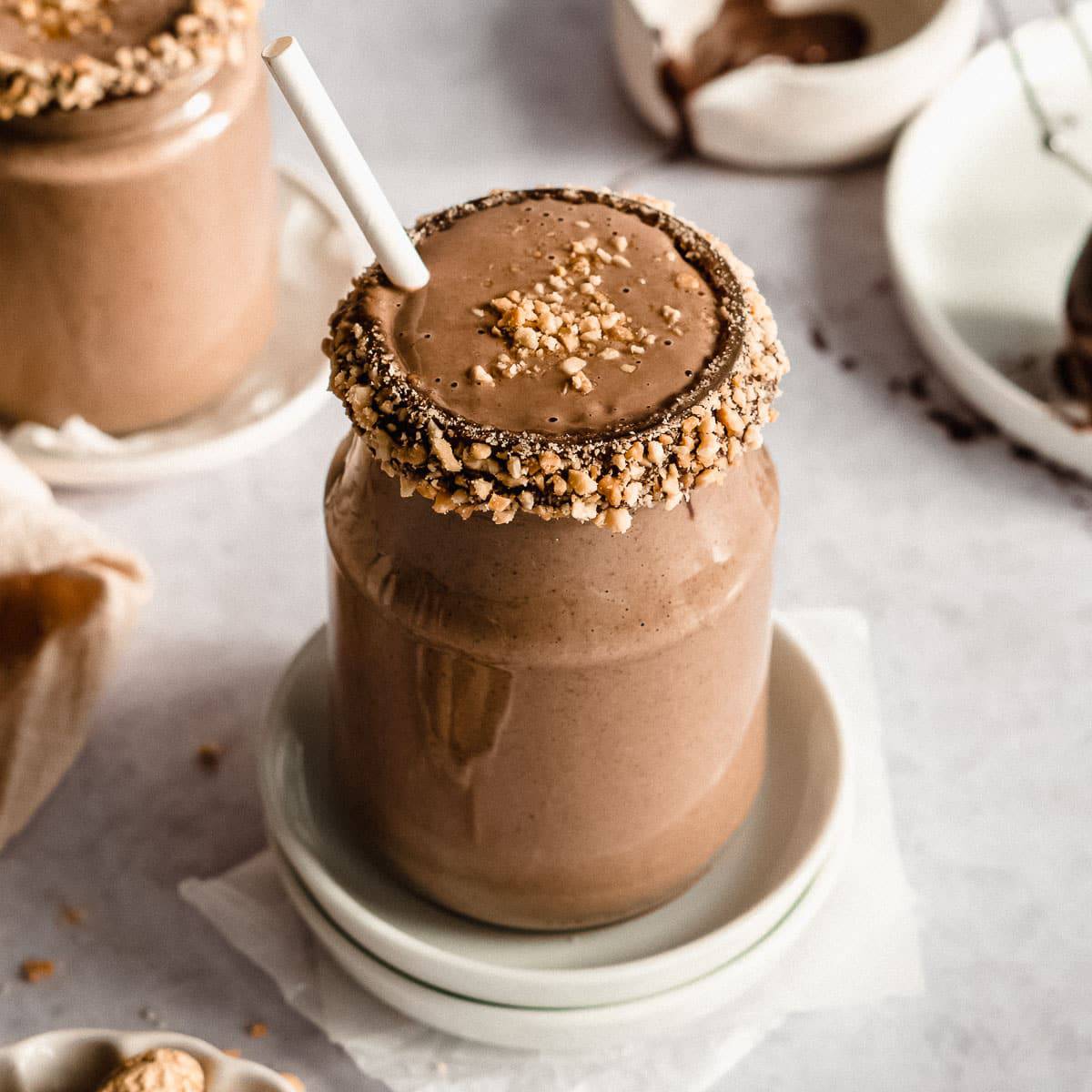
Plant-Based Milk Alternatives
As more people embrace vegan diets or develop lactose intolerance, plant-based milk alternatives have surged in popularity. These alternatives provide an excellent option for mixing with protein powders while catering to dietary restrictions.
Nutrient Considerations for Vegan Mix-Ins
Vegans often face challenges in obtaining complete nutrition solely from plant-based sources. Plant milks, such as almond milk and oat milk, while excellent for their low allergy profiles and being dairy-free, typically offer less protein compared to animal-derived milks. To ensure a balanced nutrient intake, it’s crucial to select protein powders that supplement the nutrients possibly lacking in plant-based milk. This might include powders enriched with vitamins, minerals, and a higher protein content.
Almond and Oat Milk: Pros and Cons
Almond Milk: Almond milk is low in calories and fat, but also in protein. It’s good for weight management. However, its low protein content means it doesn’t standalone provide all essential nutrients necessary for a meal replacement.
Oat Milk: Oat milk is appreciated for its creamier texture and slightly sweeter taste which complements many protein powder flavors. It contains more fiber compared to other plant milks, promoting better digestion. But similar to almond milk, it is low in protein.
In summary, while almond and oat milks can be fantastic dairy alternatives, especially for those avoiding lactose, their lower protein levels require thoughtful pairing with protein powders to create a nutritionally robust shake. Whether for dietary restrictions or personal preferences, incorporating these plant-based milks with a well-chosen protein powder can make your protein shake both delicious and nutritious.
Natural Fruit Juices: Sweet and Nutritious
Incorporating natural fruit juice with protein powder can create a delightful shake. Juices infuse natural sweetness and provide vitamins and minerals. Popular options are orange, pineapple, and various berry juices. They each add unique flavors and nutritional benefits to shakes.
Best Juices for Complementing Protein Flavors
Choosing the right juice enhances the protein shake experience. Opt for juices that pair well with your protein powder’s flavor. For example, berry juices go well with berry-flavored powders. Citrus juices add a refreshing zest, ideal for complementing subtle protein flavors.
Calorie and Sugar Content in Fruit Juices
While fruit juices are tasty, they’re also high in natural sugars. This means they add extra calories. If you’re watching your sugar intake, be mindful of how much juice you use. Or, you could choose juices with lower sugar content to maintain a healthier shake option.
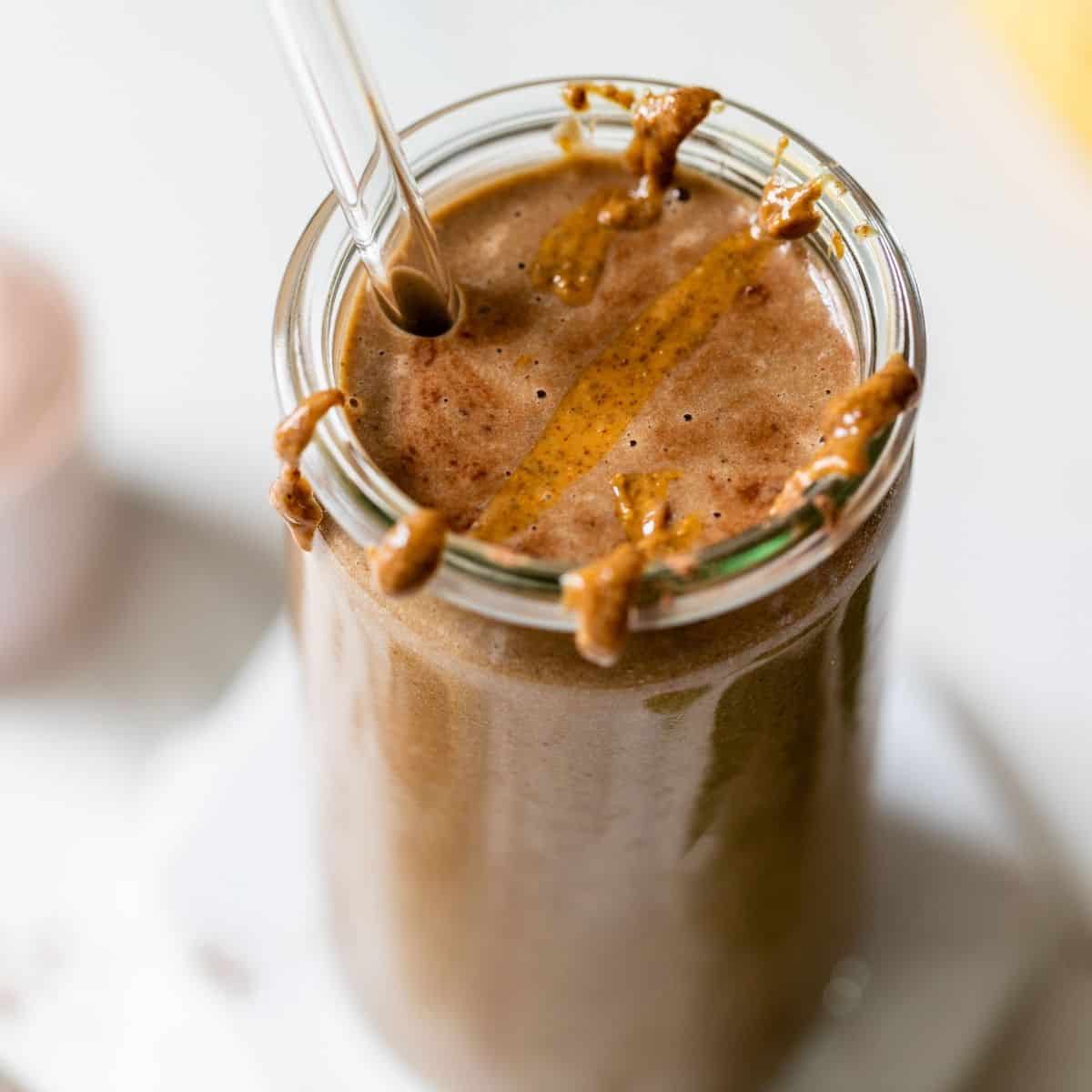
Infusing Protein into Foods
Adding protein powder to your food is an excellent way to boost your protein intake. Whether you’re looking to amp up your morning oatmeal or mix a scoop into your yogurt, the versatility of protein powder makes it an easy add-in for many meals.
Ideas for Solid and Semi-Solid Food Mix-Ins
Protein powder can blend seamlessly into various solid and semi-solid foods:
- Stir into oatmeal after cooking for a protein-rich breakfast.
- Mix with yogurt or cottage cheese for a creamy, protein-packed snack.
- Sprinkle over cereal or fruit salad for an extra protein boost.
These simple mix-ins ensure you’re getting more protein throughout the day, often without a noticeable change in taste or texture.
Tips for Baking with Protein Powder
Adding protein powder to baking recipes can also be a smart way to increase protein consumption:
- Replace a portion of flour with protein powder in recipes for muffins or pancakes.
- For recipes requiring a firmer texture, use whey protein powder.
- Start small and adjust; too much can alter the taste and texture of baked goods.
By experimenting, you’ll discover tasty ways to create high-protein treats that satisfy your cravings and support your diet. Remember, every scoop added to your foods is a step closer to meeting your daily protein goals.
Protein Oatmeal: A Hearty Breakfast Option
Oatmeal serves as a hearty breakfast option packed with benefits. It is a great source of fiber and can be easily enhanced. Adding protein powder can turn a simple bowl of oatmeal into a powerhouse meal. It contributes not only to protein intake but also adds flavor.
To prepare protein oatmeal, start by cooking oats with water or milk. Once the oats are cooked, stir in a scoop of protein powder. This can also be done after the oats have cooled slightly. This ensures the protein powder mixes well without clumping.
Additionally, toppings can greatly enhance the meal. Consider honey, berries, or a dollop of nut butter. These not only provide additional flavor but also nutritional benefits. Protein oatmeal keeps hunger at bay throughout the morning. It’s ideal for those who require sustained energy for busy days.
Soups and Stews: A Savory Twist
Protein powder doesn’t have to be reserved for sweet dishes. It can enhance savory meals as well. Soups and stews are perfect candidates for this versatility. Adding protein powder is an easy way to increase the dish’s overall nutrition.
To incorporate protein powder, simply stir it in during the cooking process. This works especially well with creamy soups or hearty stews. Use a whisk to ensure it blends smoothly. This helps avoid any clumps and keeps the texture consistent.
Moreover, choose a flavor of protein powder that complements your dish. Unflavored or vegetable-based protein powders often work best in savory recipes. Overall, this adds protein without altering the flavor profile too much. It’s an easy way to reap the benefits while enjoying a warm, comforting meal.
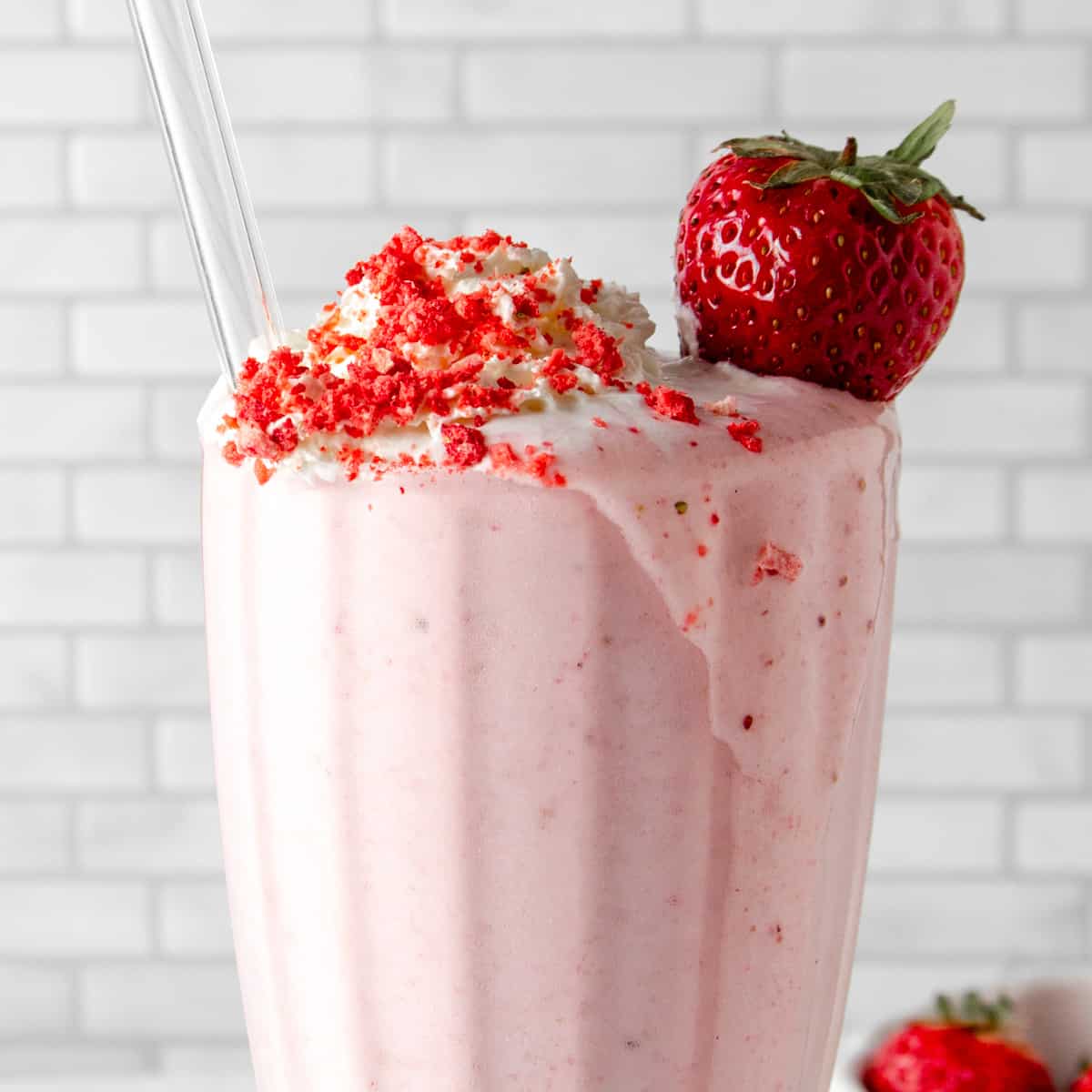
Snacks and Protein Bars: Convenience at Its Best
Protein bars and snacks are great for individuals on-the-go. Many store-bought options tend to be expensive or laden with sugar. Making homemade protein bars offers better control over ingredients. Plus, they are incredibly easy to make.
Start with a base of oats or nut butter. To this, add a scoop of protein powder. Consider sweetening the mixture with honey or maple syrup. This not only binds everything together but also adds sweetness.
After mixing, spread the mixture into a lined baking pan. Freeze or refrigerate until firm. Cut into bars or squares for easy grab-and-go snacks. These protein-rich treats will keep hunger at bay throughout the day. They are portable, nutritious, and enjoyable.
The Best Times for Protein Shakes
When you consume protein shakes can be key to their benefits. Here’s when they’re most effective.
Post-Workout Recovery and Protein Timing
After exercising, your muscles need protein for repair and growth. Drinking a shake right post-workout is ideal. It helps refuel and reduce muscle soreness, prepping you for the next session.
Protein’s Role in Muscle and Overall Health
Protein is not just for building muscles. It supports many body functions, like immune health and metabolism. Daily protein intake is vital, including protein shakes, for maintaining good health and fitness.
